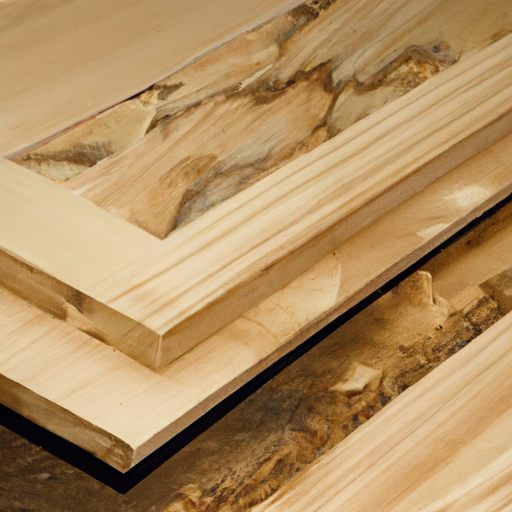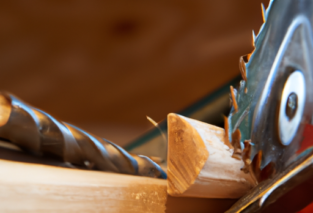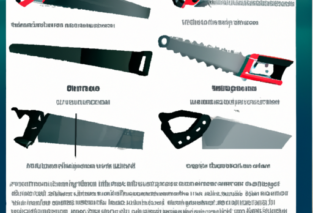In this article, we will explore some practical tips on how you can prevent wood movement and minimize the impact of seasonal changes on your projects. We will discuss the factors that contribute to wood movement and how you can choose the right type of wood to reduce its effects. Additionally, we will provide guidance on proper wood preparation techniques, such as acclimatizing the wood and using appropriate joinery methods. By following these strategies, you can ensure greater stability and longevity for your woodworking projects. Wood movement is a natural phenomenon that occurs as a result of changes in humidity and moisture levels. As wood absorbs and releases moisture, it expands and contracts, which can lead to various issues in woodworking projects.
Understanding the causes and effects of wood movement is crucial in order to choose the right wood, properly manage moisture, and design projects that can accommodate this movement. In this article, we will explore different ways to avoid wood movement and minimize the impact of seasonal changes in your woodworking projects.
Understanding Wood Movement
Wood movement is primarily caused by changes in moisture content. When exposed to humidity or moisture, wood absorbs the moisture and swells. Similarly, when the wood dries out, it releases the moisture and shrinks.
Expansion and Contraction
Expansion and contraction can occur both horizontally and vertically in wood. The most significant movement is usually seen along the width or radial direction of the wood grain. This means that wood will expand and contract more across its width than along its length or thickness.
Causes of Wood Movement
The primary factor that influences wood movement is relative humidity. As humidity levels increase, wood absorbs moisture and expands, and as humidity decreases, wood loses moisture and contracts. Other factors that contribute to wood movement include temperature, exposure to sunlight, and the specific wood species being used.
Effects of Seasonal Changes
Seasonal changes in humidity and temperature can have a significant impact on wood movement. During wet seasons or in humid environments, wood absorbs moisture and swells. This can cause issues such as warping, cupping, or splitting. In drier seasons or low humidity conditions, wood loses moisture and shrinks, potentially leading to cracks or gaps in joinery.
Choosing the Right Wood
Choosing the right wood species is essential to minimize wood movement. Some wood species are more stable than others, meaning they are less likely to expand or contract significantly with changes in moisture content.
Stable Wood Species
Some of the most stable wood species include teak, white oak, and black walnut. These wood species have a lower moisture content and are less likely to experience substantial movement. It is important to research the stability of the wood species you plan to use in your projects in order to avoid potential issues.
Quarter Sawn vs Flat Sawn
Another consideration when choosing wood is the way it has been cut. Quarter sawn wood is more stable than flat sawn wood because it has been cut perpendicular to the growth rings of the tree. This allows the wood to expand and contract more evenly, reducing the likelihood of warping or cupping.
Moisture Content
Before using wood in your projects, it is essential to ensure that it has the proper moisture content. Wood that is too wet or too dry can lead to problems down the line. The ideal moisture content for woodworking projects is typically between 6% and 8%. Using a moisture meter to measure the moisture content of the wood can help you determine if it is ready to be used.
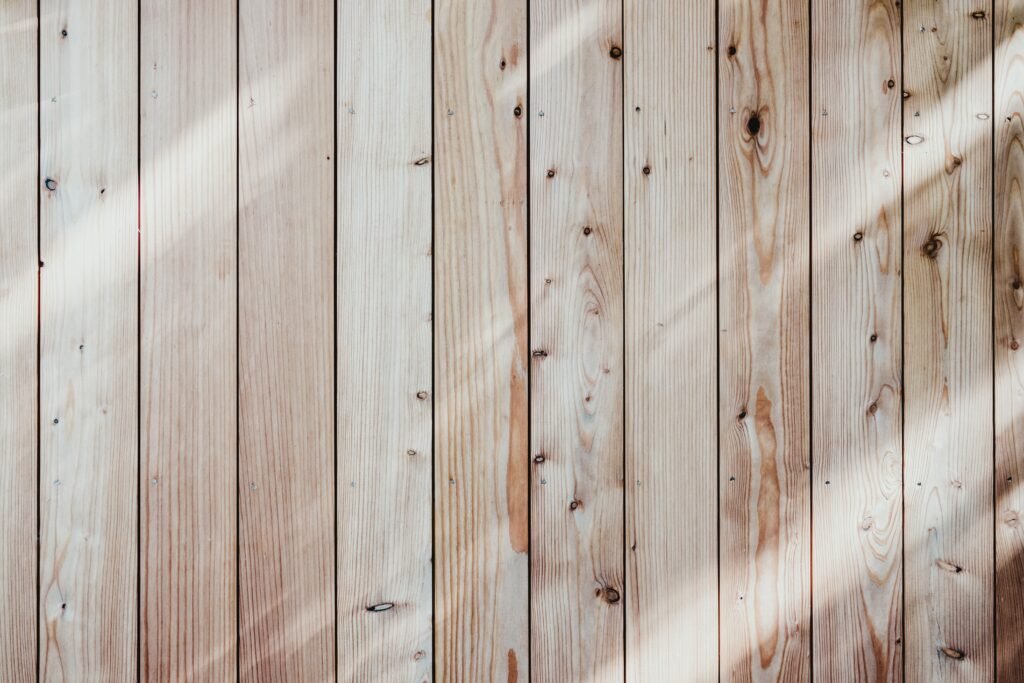
Proper Moisture Management
Proper moisture management is crucial to avoid wood movement and minimize the impact of seasonal changes. By acclimating wood, using moisture meters, and controlling humidity levels, you can significantly reduce the risk of wood movement.
Acclimation of Wood
Acclimating wood involves allowing it to adjust to the moisture content and environment of the space where it will be used. This is especially important if the wood has been stored in a different environment. By acclimating the wood, you allow it to reach equilibrium with its surroundings, reducing the risk of significant movement once it is incorporated into your project.
Using Moisture Meters
Moisture meters are invaluable tools for woodworkers. They measure the moisture content of the wood, giving you an accurate reading of its current state. By regularly checking the moisture content throughout the woodworking process, you can make informed decisions about when to use the wood and how to adjust for any changes in moisture content.
Humidity Control
Controlling the humidity levels in your workspace can help stabilize the moisture content of the wood. Ideally, you should aim for a consistent humidity level between 40% and 60%. This can be done using dehumidifiers or humidifiers, depending on the climate and the specific needs of your wood.
Design Considerations
When designing your woodworking projects, there are several important considerations to keep in mind that can help minimize the impact of wood movement.
Allowance for Movement
One of the most effective ways to avoid wood movement issues is to design the project with allowance for movement. This can be done by incorporating techniques such as breadboard ends, elongated screw holes, or slotted joints. These techniques allow the wood to expand and contract without causing damage to the overall project.
Joinery Techniques
Choosing the right joinery techniques can also help minimize wood movement issues. Mortise and tenon joints, for example, are strong and allow for some movement. On the other hand, glue joints can be less forgiving and may lead to problems if the wood expands or contracts significantly.
Floating Panels
Using floating panels in projects such as doors or tabletops can also help accommodate wood movement. These panels are not permanently attached, but rather held in place by grooves or other means that allow for expansion and contraction. This can prevent warping or splitting caused by wood movement.
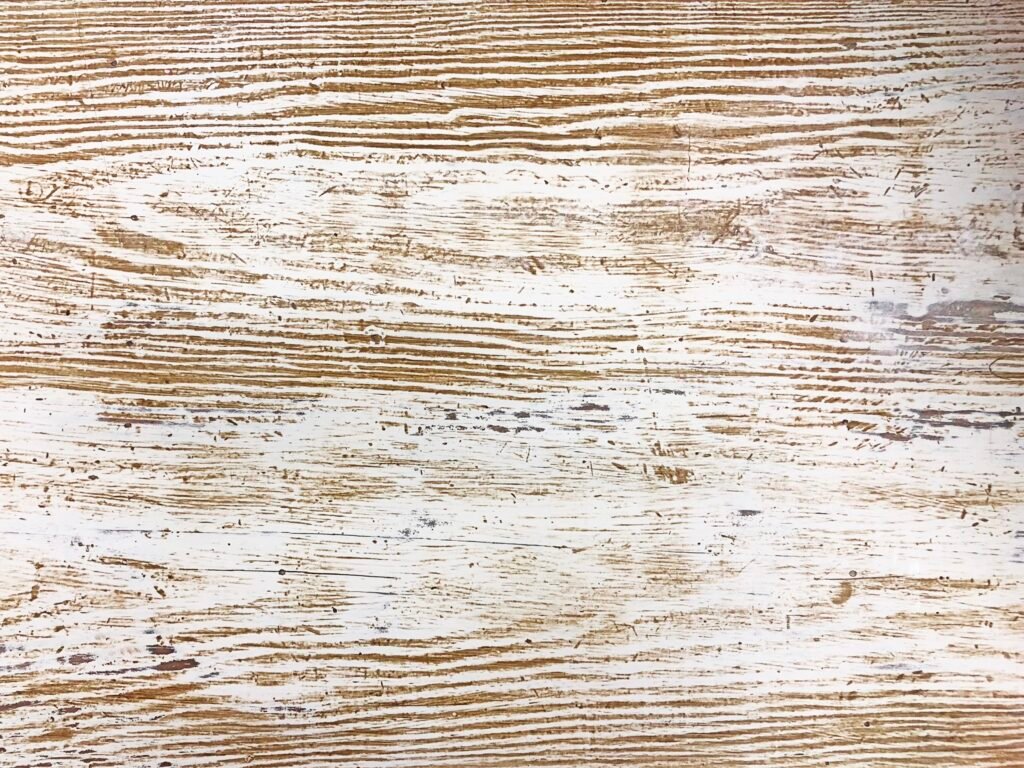
Avoiding Direct Sunlight and Extreme Temperatures
Direct sunlight and extreme temperature changes can exacerbate wood movement and cause more significant damage to your projects. By taking precautions to protect your woodworking projects from these factors, you can prolong their lifespan and maintain their integrity.
Placing Projects Indoors
Whenever possible, it is best to place your projects indoors or in a controlled environment. This helps to minimize exposure to direct sunlight and extreme temperature fluctuations, which can cause rapid changes in moisture content and lead to wood movement issues.
UV Protection
If your projects must be exposed to sunlight, using UV protection is crucial. UV rays can cause wood to dry out and lose moisture, leading to excessive shrinkage and potential damage. Applying a UV protective finish or regularly applying a protective coating can help prevent this issue.
Insulation
Insulating your workspace can help regulate temperature and reduce the impact of extreme temperature changes. By maintaining a stable temperature, you can minimize the risk of wood movement caused by rapid expansion and contraction.
Finishing Techniques
Properly finishing your woodworking projects is essential for protecting the wood and preserving its stability. By sealing the wood, applying protective coatings, and regularly maintaining the finish, you can greatly reduce the risk of wood movement and seasonal changes.
Sealing Wood
Sealing wood surfaces helps to reduce the rate of moisture absorption and release. By applying a sealer or wood conditioner to the wood, you create a barrier that slows down the movement of moisture in and out of the wood. This can help stabilize the wood and prevent excessive swelling or shrinking.
Applying Protective Coatings
Applying protective coatings, such as varnish or polyurethane, can add an additional layer of protection to your projects. These coatings not only enhance the aesthetics of the wood but also act as a barrier against moisture and temperature changes. Regularly applying a fresh coat of protective finish can help maintain the stability of the wood over time.
Regular Maintenance
Once your project is finished, regular maintenance is crucial to ensure its longevity and stability. This includes inspecting the wood for any signs of movement, checking for cracks or gaps, and applying touch-ups or repairs as needed. By regularly maintaining your projects, you can catch any issues early on and prevent further damage.
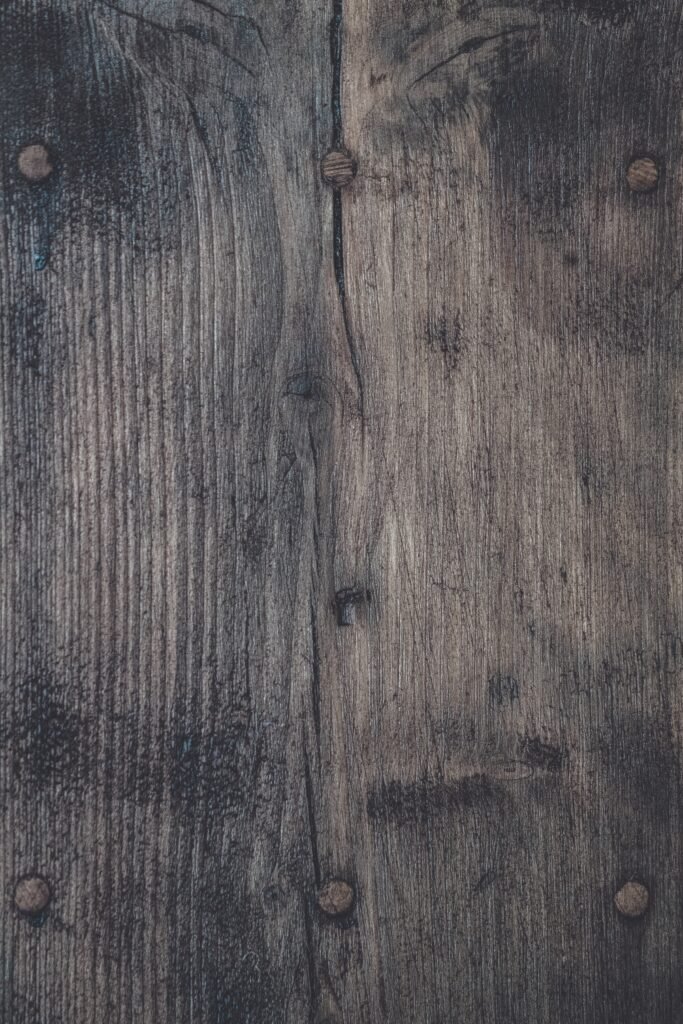
Storage and Handling
Properly storing and handling wood is important to maintain its stability and minimize the risk of wood movement.
Storing Wood Properly
When storing wood, it is important to keep it in a controlled environment with consistent temperature and humidity levels. Storing wood in a dry or damp environment can lead to changes in moisture content, which can then cause wood movement issues when the wood is used in projects. Properly stacking and covering the wood can also protect it from fluctuations in moisture and temperature.
Protective Packaging
When transporting wood, using protective packaging can help prevent damage and maintain its stability. Wrapping the wood in plastic or using shrink wrap can help protect it from humidity changes during transportation. Additionally, using padding or cushioning materials can prevent physical damage that could exacerbate wood movement issues.
Safe Transportation
When transporting wood, it is important to handle it with care to avoid any physical impacts that could contribute to wood movement. Avoid dropping or banging the wood, as this can cause internal damage that may not be immediately visible but can later lead to problems.
Expert Tips and Tricks
Seasoned woodworkers have developed various tips and tricks over the years to help manage wood movement and minimize its impact on their projects.
Preventing Wood Movement
One effective tip to prevent wood movement is to seal the end grains of your wood with wax or glue. This helps to slow down moisture absorption and release through the ends, reducing the likelihood of uneven expansion or contraction.
Troubleshooting Common Issues
If you do encounter wood movement issues such as warping or shrinking, there are steps you can take to address the problem. For minor warping, you can try using weights or clamps to gently bend the wood back into shape. If there are noticeable gaps or cracks, filling them with a suitable wood filler or epoxy can help restore the stability of the wood.
Working with Reclaimed Wood
Reclaimed wood can be particularly prone to wood movement due to its age and exposure to various environments. When working with reclaimed wood, it is essential to acclimate it properly to your workspace and monitor its moisture content closely. Taking extra precautions, such as sealing the wood and using appropriate joinery techniques, can help minimize the risk of wood movement in reclaimed wood projects.
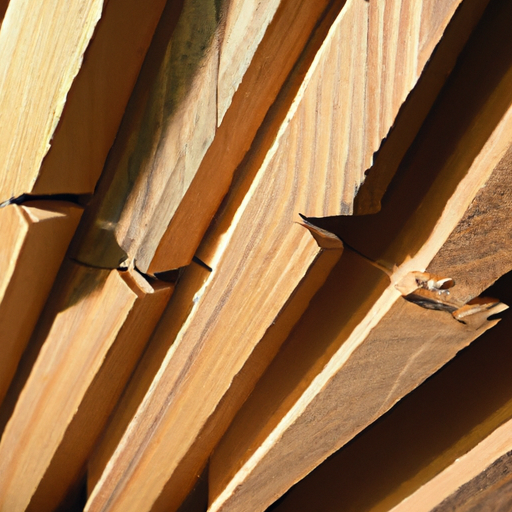
Benefits of Proper Wood Management
Implementing best practices to avoid wood movement and seasonal changes in your projects offers several benefits.
Longer Lifespan of Projects
By properly managing wood movement, you can significantly extend the lifespan of your woodworking projects. Minimizing warping, cupping, or splitting helps keep your projects structurally sound and visually appealing for years to come.
Improved Aesthetics
Wood movement issues can detract from the aesthetics of a project. By avoiding wood movement, you can ensure that your projects maintain their intended design and appearance, enhancing the overall visual appeal.
Reduced Repairs and Replacements
Wood movement issues often result in the need for repairs or even replacement of components or entire projects. By proactively managing wood movement, you can reduce the likelihood of costly repairs and replacements, saving both time and money in the long run.
Conclusion
Maintaining wood stability is key to successful woodworking projects. By understanding the causes and effects of wood movement, choosing the right wood species, properly managing moisture, and designing with wood movement in mind, you can minimize the impact of seasonal changes and avoid common issues such as warping, cupping, or splitting.
Implementing best practices, such as acclimating wood, using moisture meters, and controlling humidity levels, can help maintain the stability of your projects. By protecting your projects from direct sunlight and extreme temperatures, properly finishing and maintaining the wood, and following expert tips and tricks, you can ensure the longevity and aesthetics of your woodworking projects.
Remember, wood movement is a natural process, and while it cannot be completely eliminated, understanding and properly managing it will lead to more successful and enjoyable woodworking experiences. So, embrace the beauty and character of wood while mitigating its potential challenges, and enjoy the satisfaction of creating beautiful, long-lasting projects.
